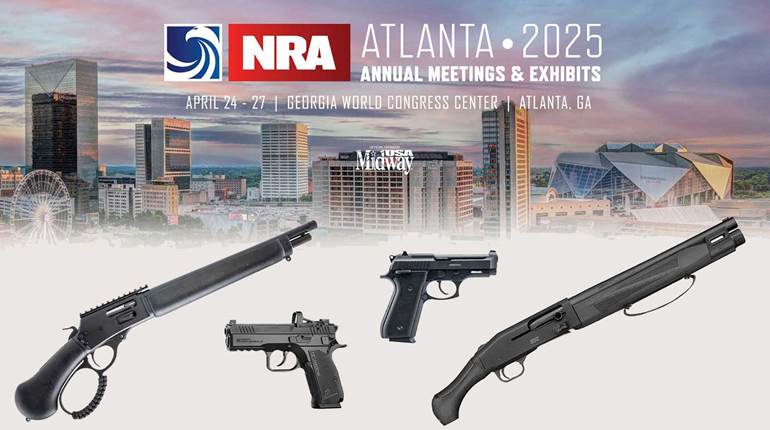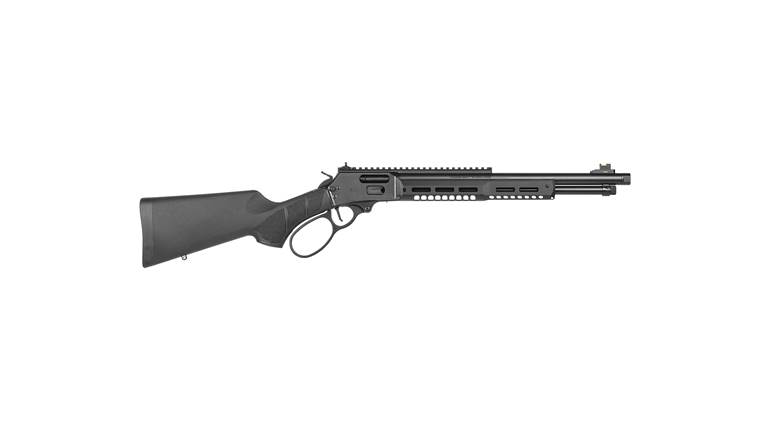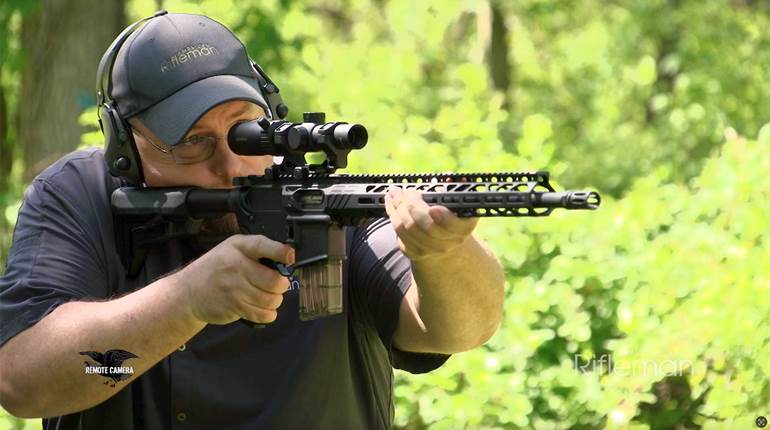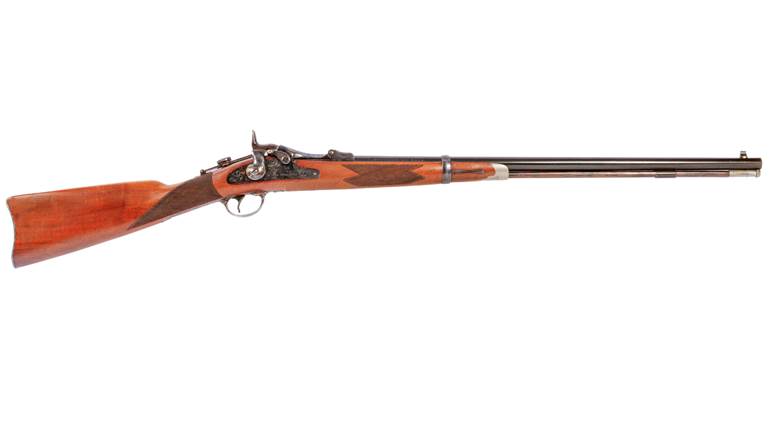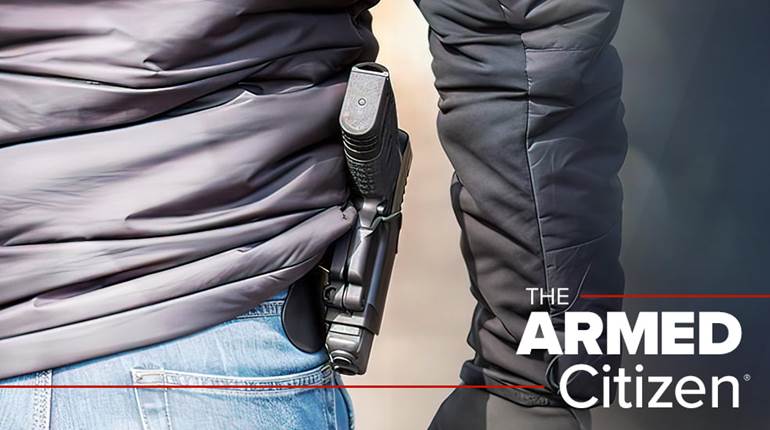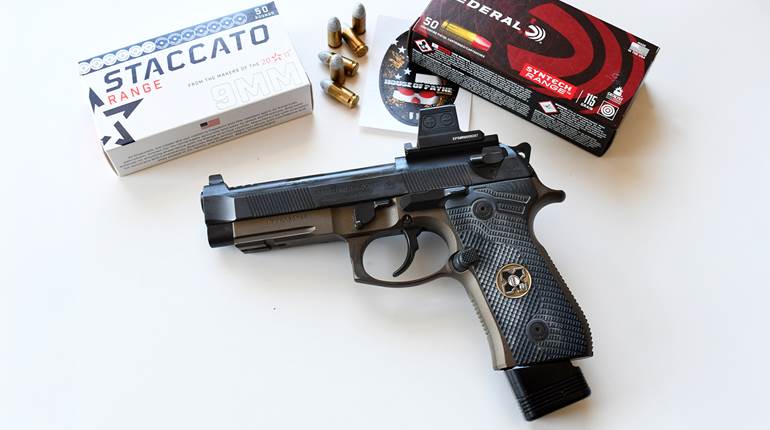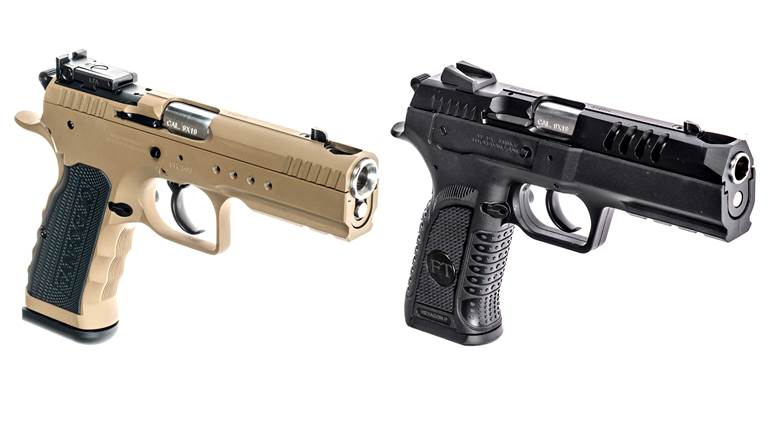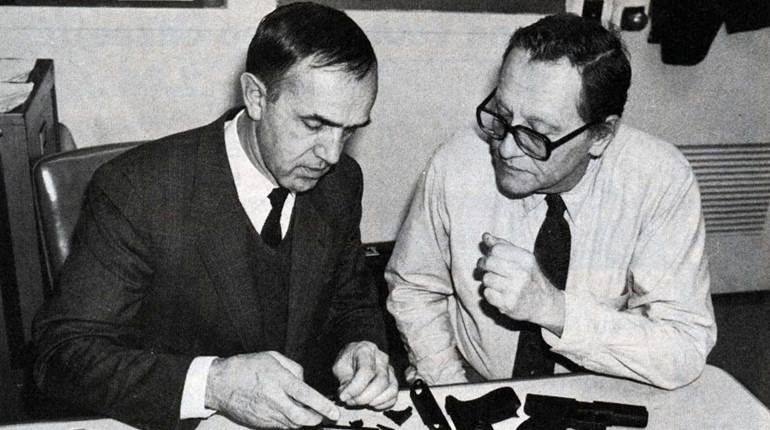
Advances in technology and manufacturing are ushering in radical changes in cartridge case design. It may not be an extinction event on the horizon for the readily reloaded, one-piece brass version, but the times are changing—fast.
Secret Steel Mix
Federal Premium’s 7 mm Backcountry cartridge, introduced earlier this year, is the latest design to take a bite out of brass’ luster. “The cartridge case is steel, or, more specifically, a trade-secret steel alloy reportedly already in demand in various industrial categories,” John Zent, NRA Publications Editor Emeritus explained in February. “It is not material previously used for ammunition but is highly suited to that job…”
The case’s advanced metallurgy allows it to handle maximum average pressures as high as 80,000 p.s.i. Not long ago, 65,000 p.s.i. was considered pushing your luck when behind a trigger.
Three-Piece Cases
SIG Sauer designed the Next Generation Squad Weapons (NGSW) and the 6.8x51 mm ammunition they chamber that will soon serve frontline duty with our Armed Forces. In 2022—the same year the company was awarded the contract to the produce the guns—news leaked that the radical new cartridge was coming to the commercial market.
It became available to civilian shooters shortly after, wearing the .277 SIG Fury name. American Rifleman got an early glimpse of the innovative three-piece case design, noting, “To meet the velocity and energy needs of the U.S. Military while retaining a 6.8 mm round, it was necessary to increase the pressures used in propelling the round from the barrel. While the 5.56 NATO runs at pressures of around 55,000 p.s.i., the new .277 SIG Fury required chamber pressures around 80,000 p.s.i…For guns and cartridges to withstand these increased pressures without failing, a revolutionary case design was created. The .277 SIG Fury has three components in the cartridge case, all of which work together to create more capable ammunition than has ever been seen before.”
Today the company offers commercial cartridges with either the three-piece or more traditional one-piece case design.
Polymer
True Velocity’s submission for the NGSW trials included a 6.8 mm cartridge—the 6.8 TVC—with a polymer case. Shedding the brass reduced weight by roughly 30 percent, and obvious logistical advantage for a military.
The company didn’t win the contract, but the innovative design is now commercially available for several cartridges. NRA Publications Direct Mark A. Keefe reviewed the company’s .308 Win. load topped by a 168-grain Nosler match bullet. Through an M1A, groups were sub-m.o.a. during what was primarily function testing. He noted, “Extraction was easier, as the polymer cases return to their as-molded original dimension—they only expand and contain the pressure of firing while gripping the chamber walls when pressures are at their peak. And there is lubricity to the case itself in both loading and feeding.”
He concluded, “This ammunition delivered very low standard deviations, which is a contributor to accuracy—especially at long range—on par with top factory match loads and handloads assembled with weighed and sorted cases. Speaking of which, at the end of box of True Velocity, there are no premium brass cases waiting to be reloaded. Nope. These empty cases are headed straight for your recycling bin.”
Two-Piece
Shell Shock Technologies introduced its two-piece, NAS3 case in 2016. “Instead of more expensive ‘red metals,’ which are subject to unpredictable price changes, NAS3 cases consist of a solid nickel-plated aircraft aluminum case head paired with a proprietary nickel-enhanced stainless alloy cylinder,” B. Gil Horman explained in his review of the company’s 9 mm Luger loads. “These two components are mechanically locked together to form each cartridge case. The nickel plating of the aluminum base prevents galvanic corrosion from occurring.”
Weight is reduced and, “There was not a single malfunction in the entire course of testing,” Horman wrote. “No failures to feed, no faulty ignitions, and every case ejected properly. An examination of the recovered cartridge casings showed them to be completely free of cracks, bulges or other mechanical issues. They were a bit sooty but ready to be reloaded.”
MIM’s The Latest Word?
Concurrent Technologies Corporation, which is based in Pennsylvania, received a pair of patents for metal injection molded cartridge cases in 2023. According to the company’s press release, “The revolutionary new design is a joint venture between CTC and the U.S. Army to improve warfighter effectiveness through increased lethality, improved accuracy and reduced ammunition weight.”
It’s an interesting development, one capable of handling higher pressures, reducing weight by roughly 30 percent and the cases are compatible with current production machinery. The base metal is a durable stainless steel material.
Rest assured, though, brass isn’t going anywhere anytime soon. It’s reliable, recyclable, reloadable and traditional. Despite those facts, technology marches on. Sooner or later, clever engineers will likely find a replacement that outperforms the traditional self-contained cartridge that has been instrumental in firearm design and function since the mid-19th century.














